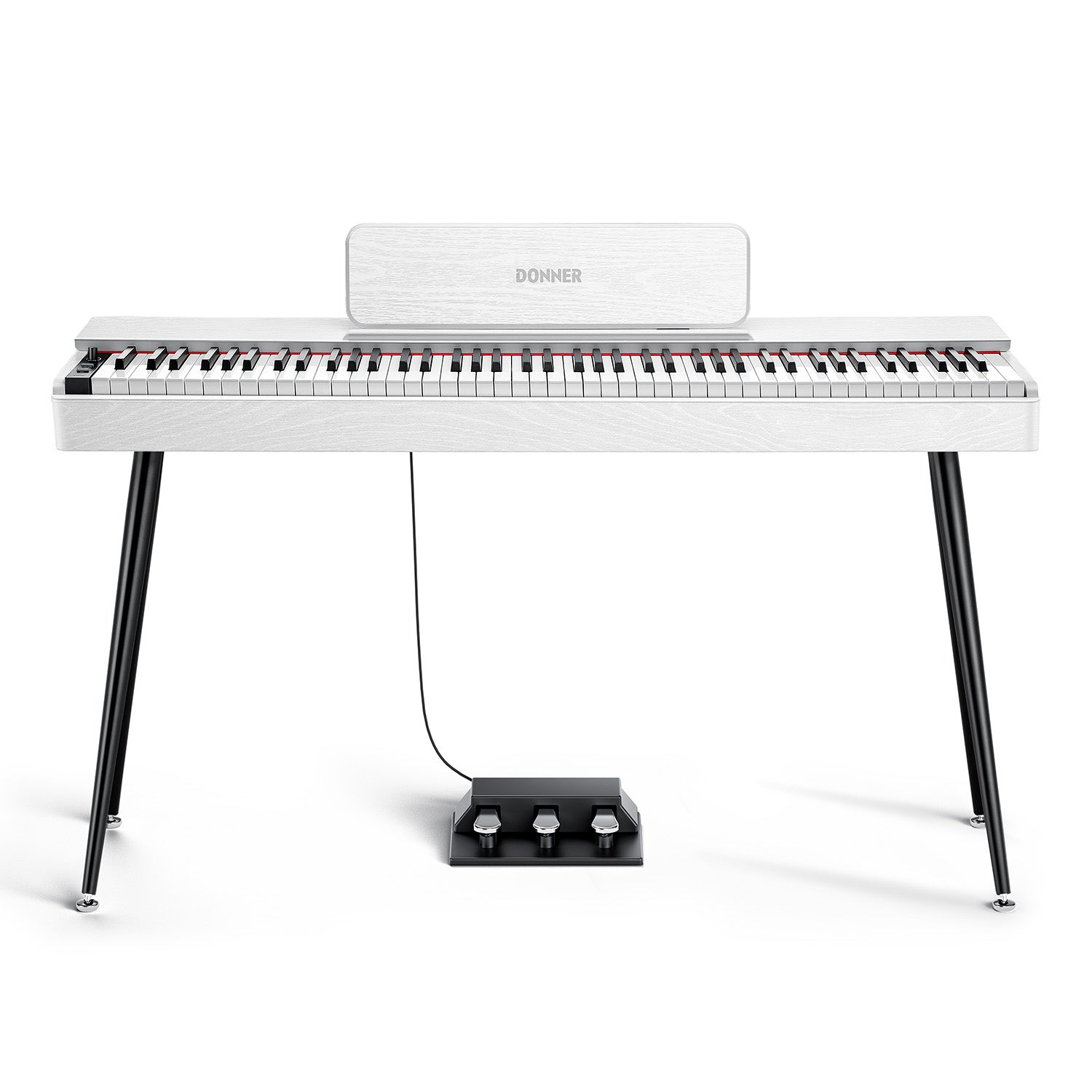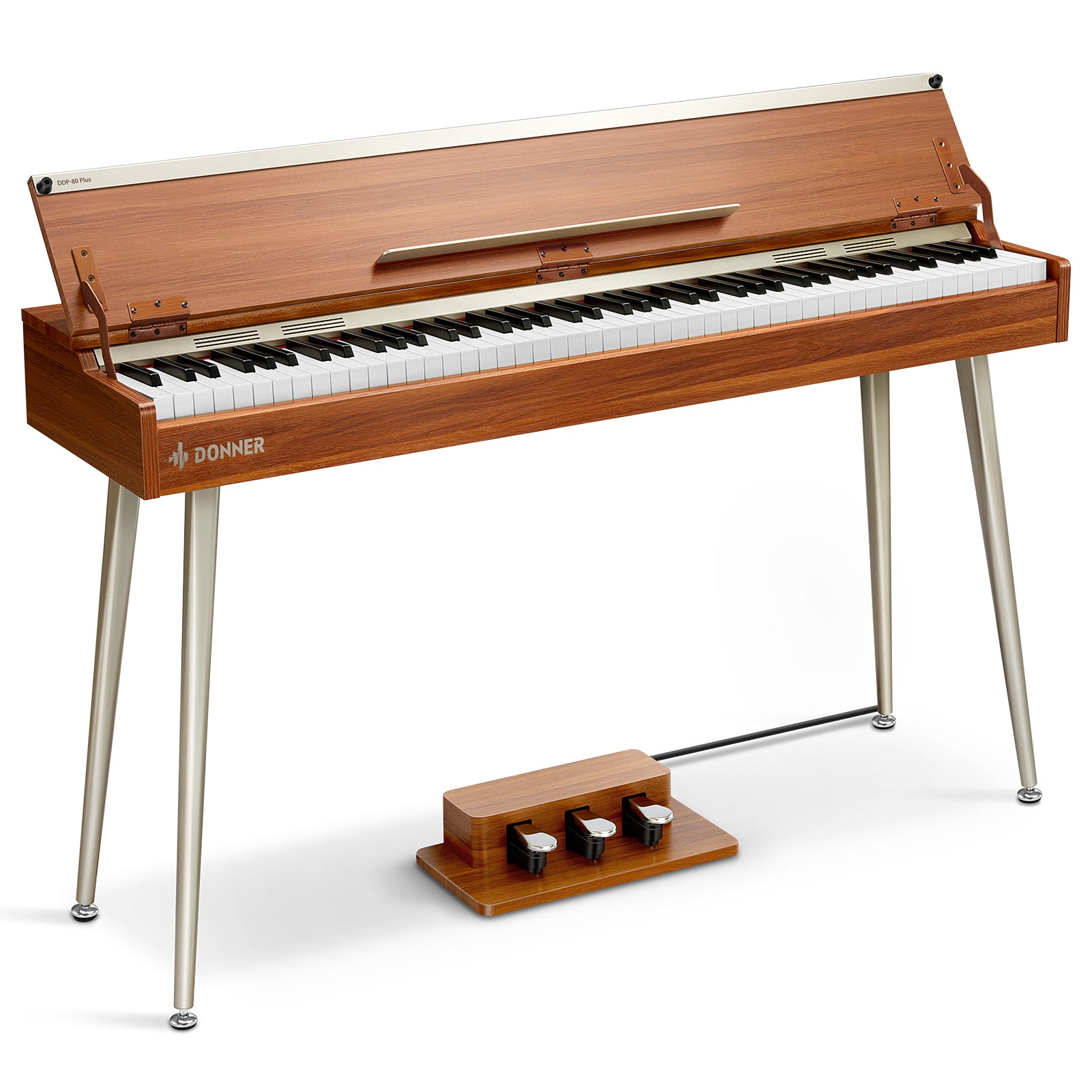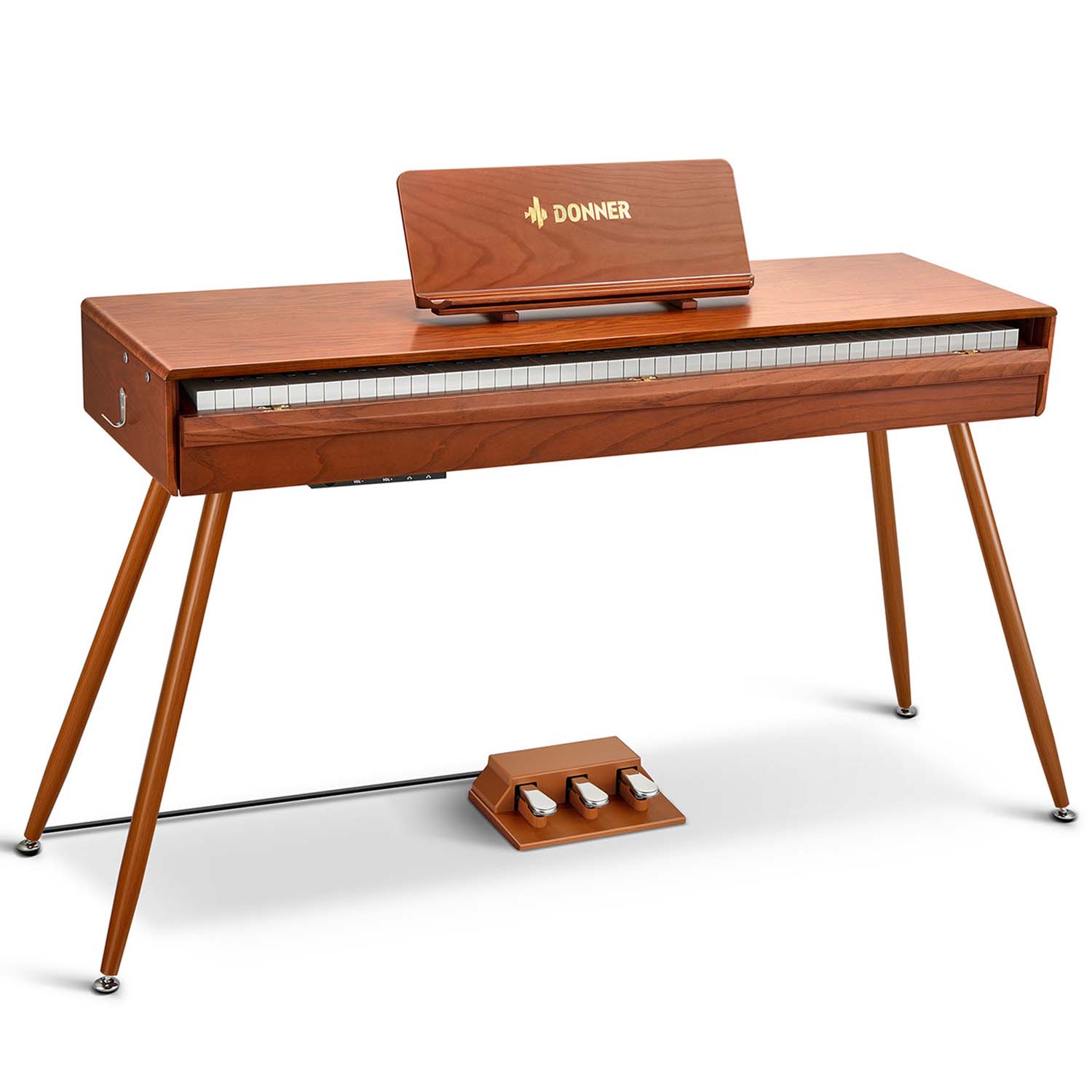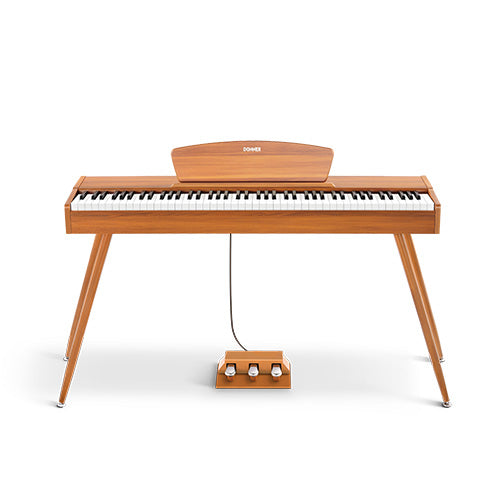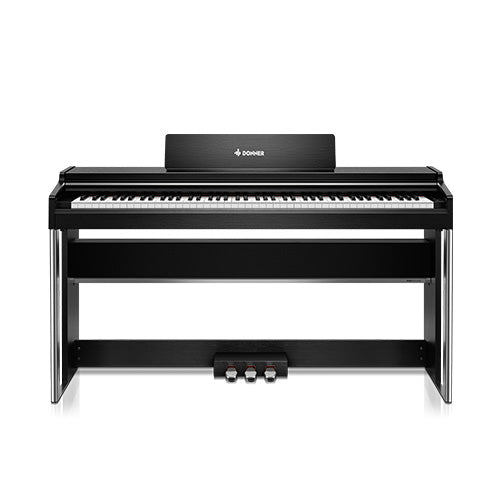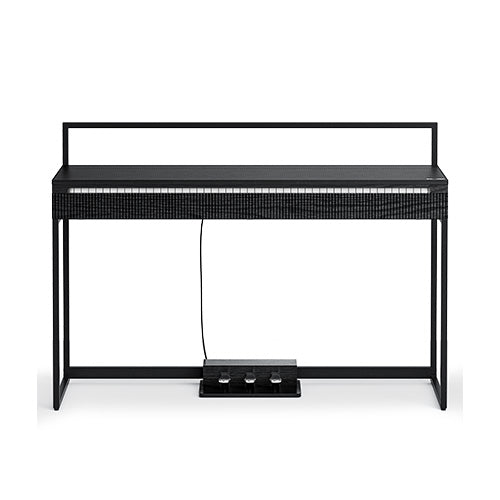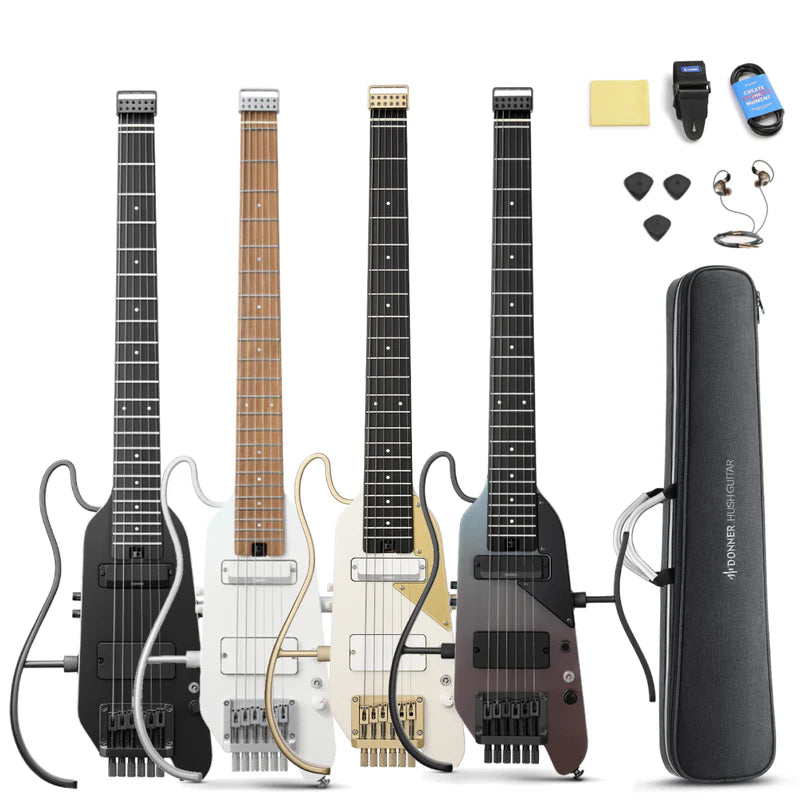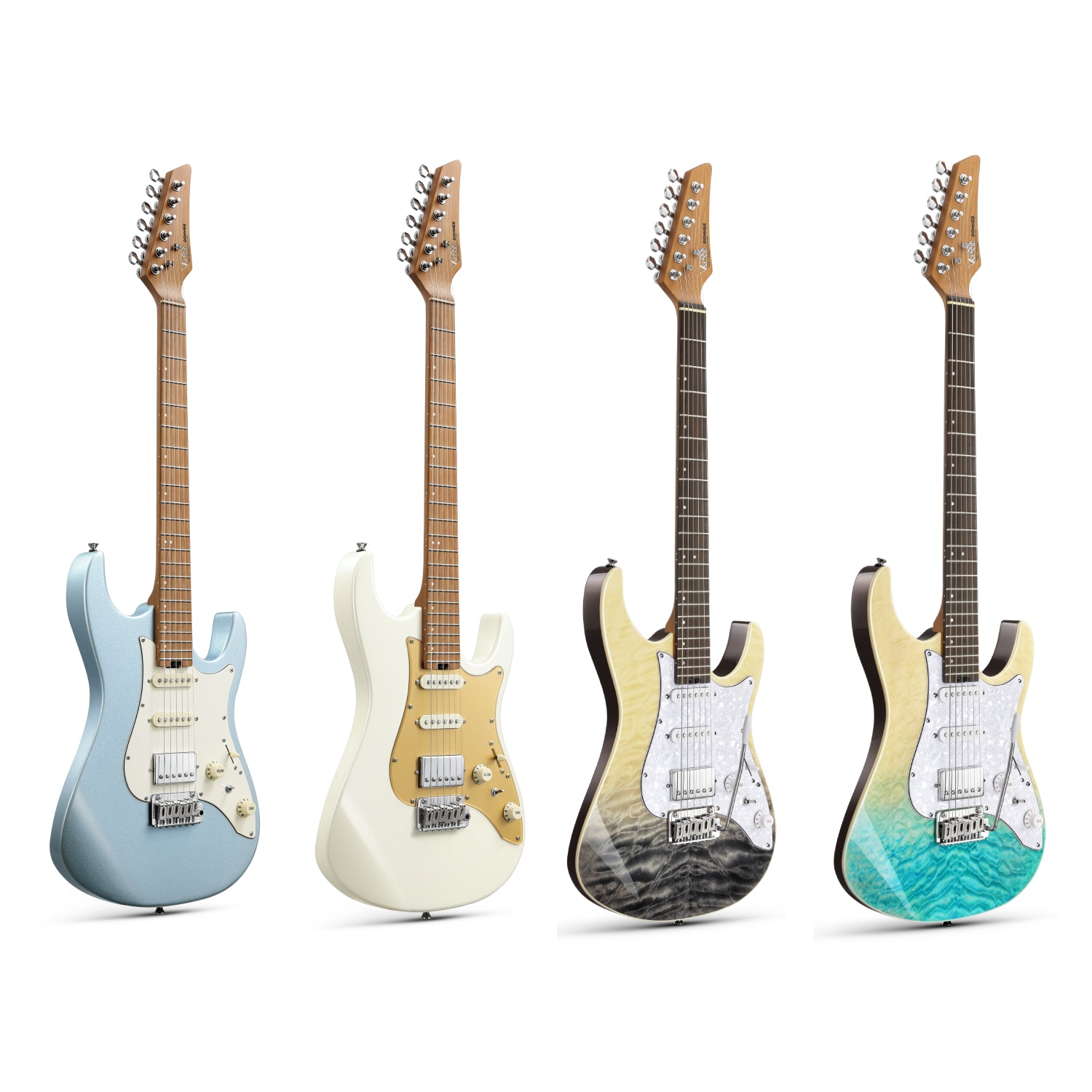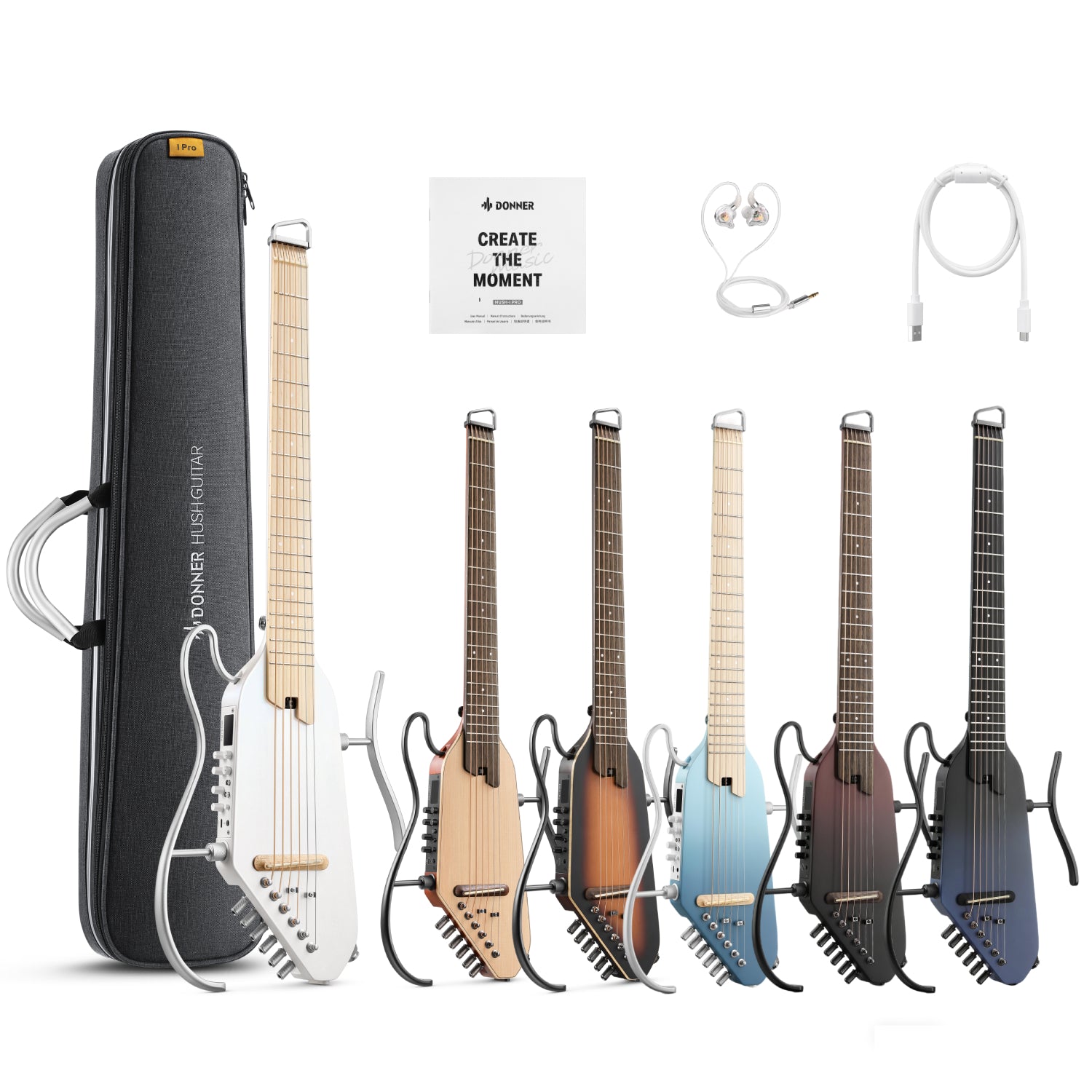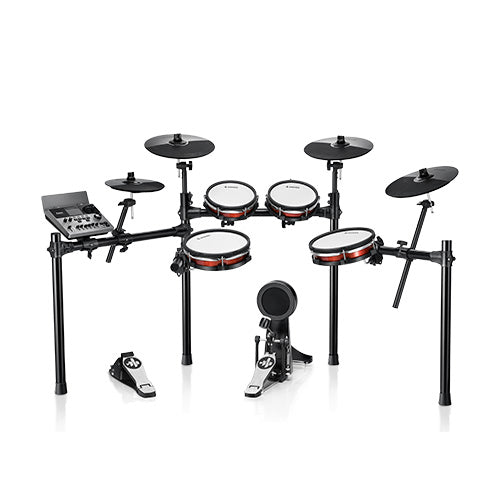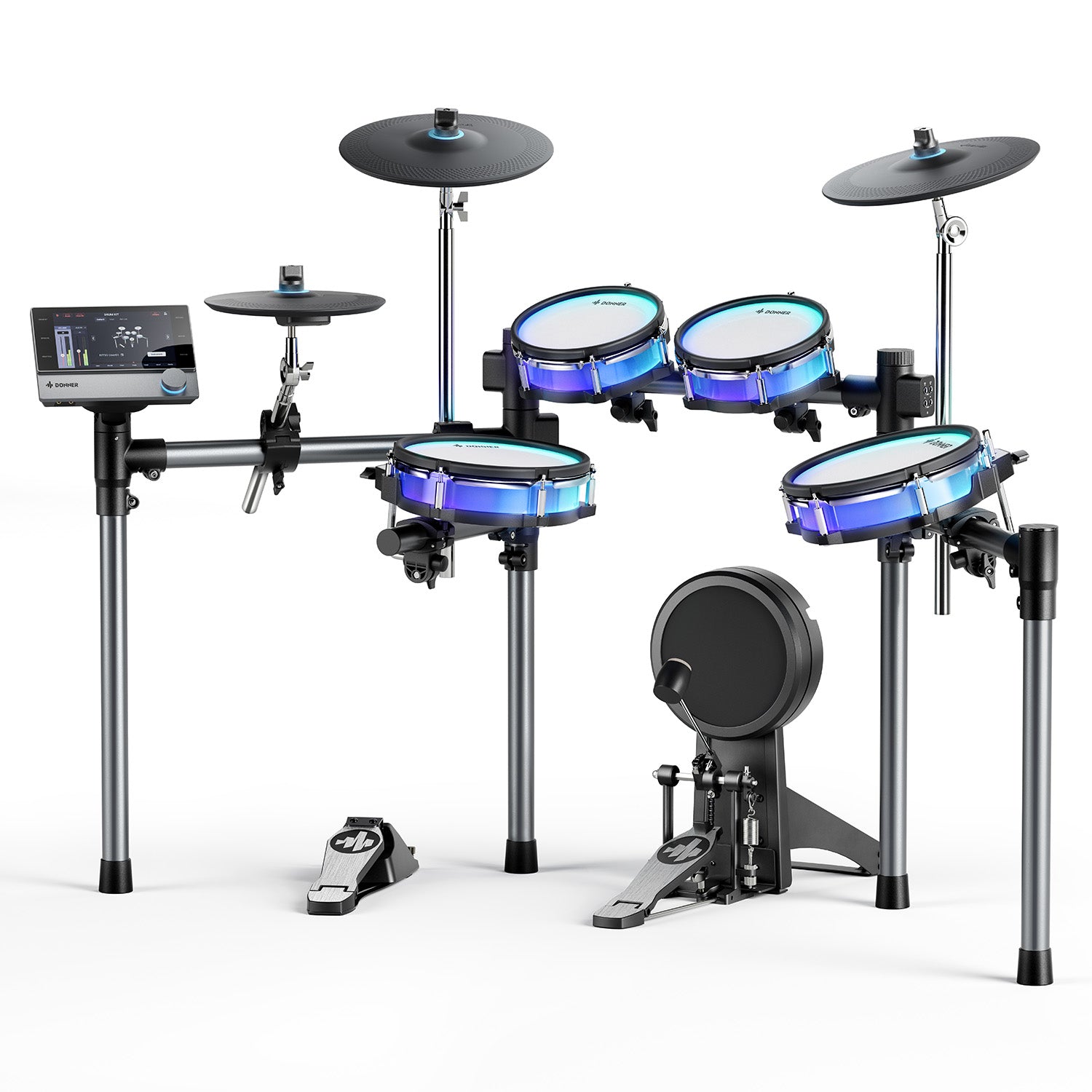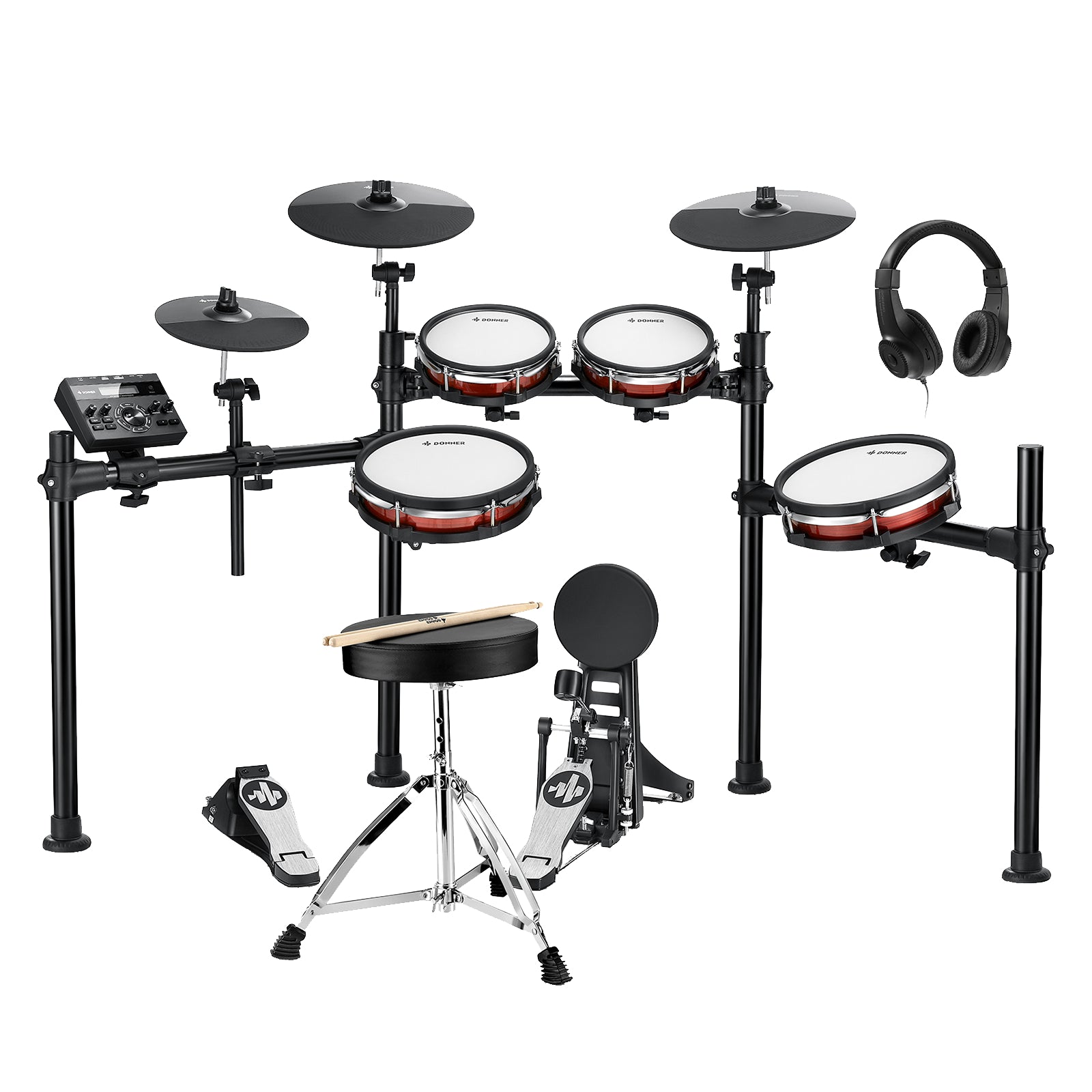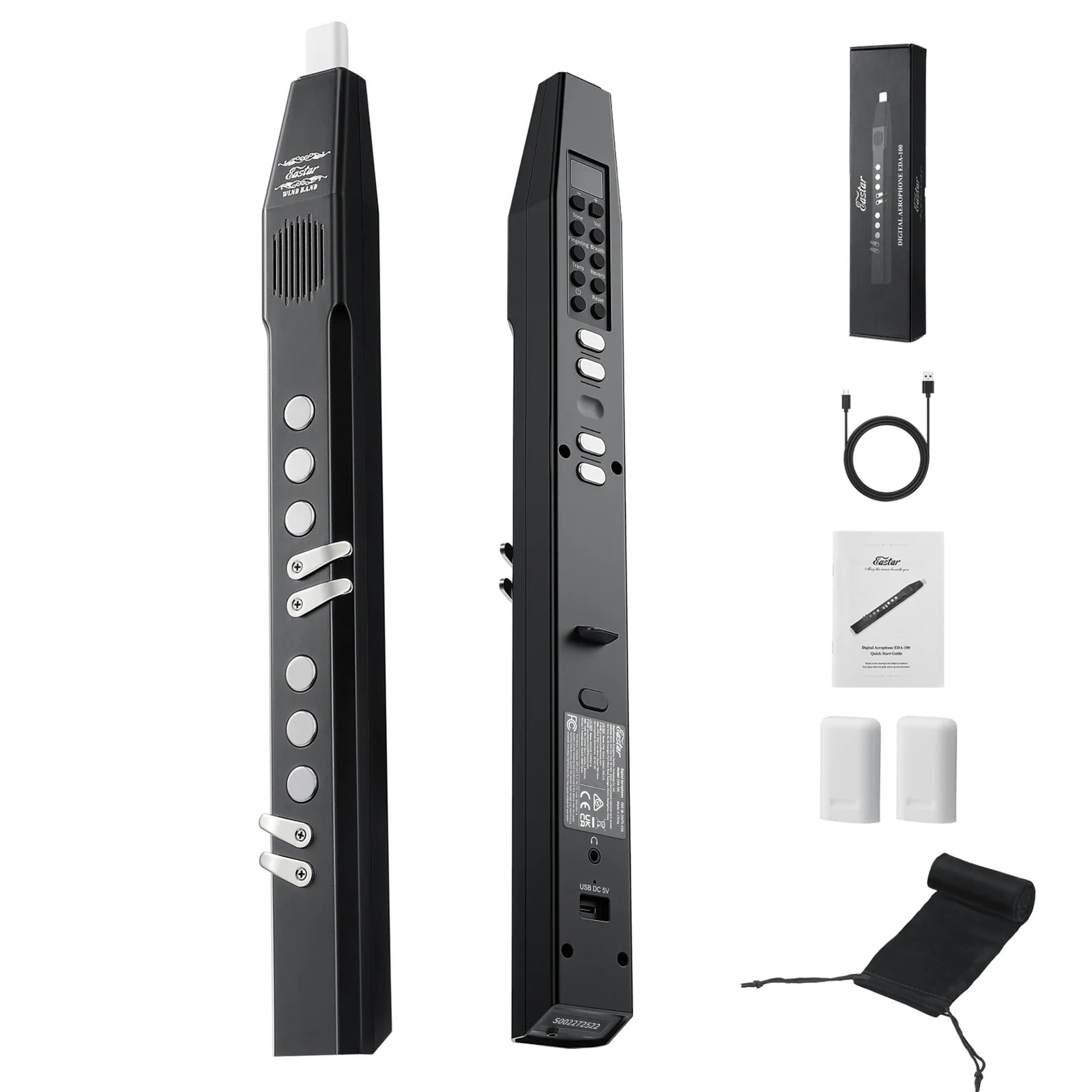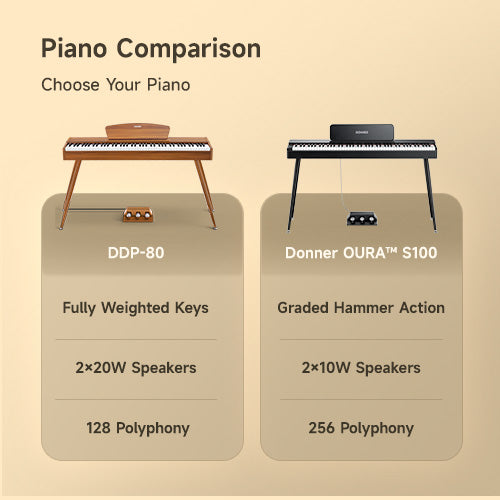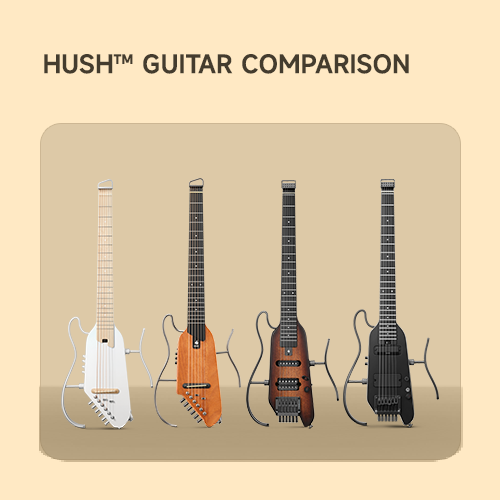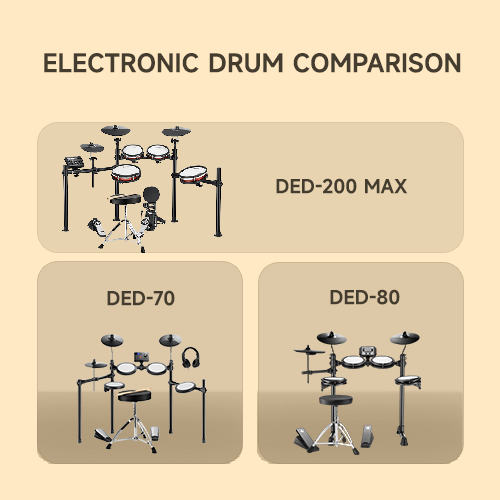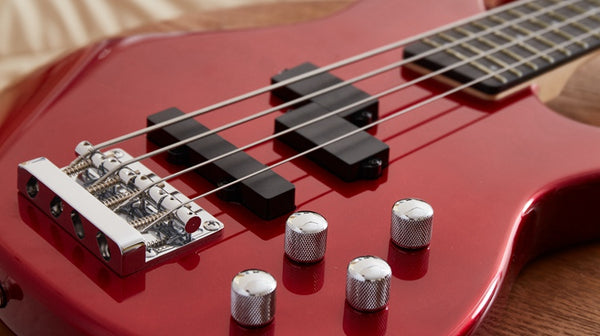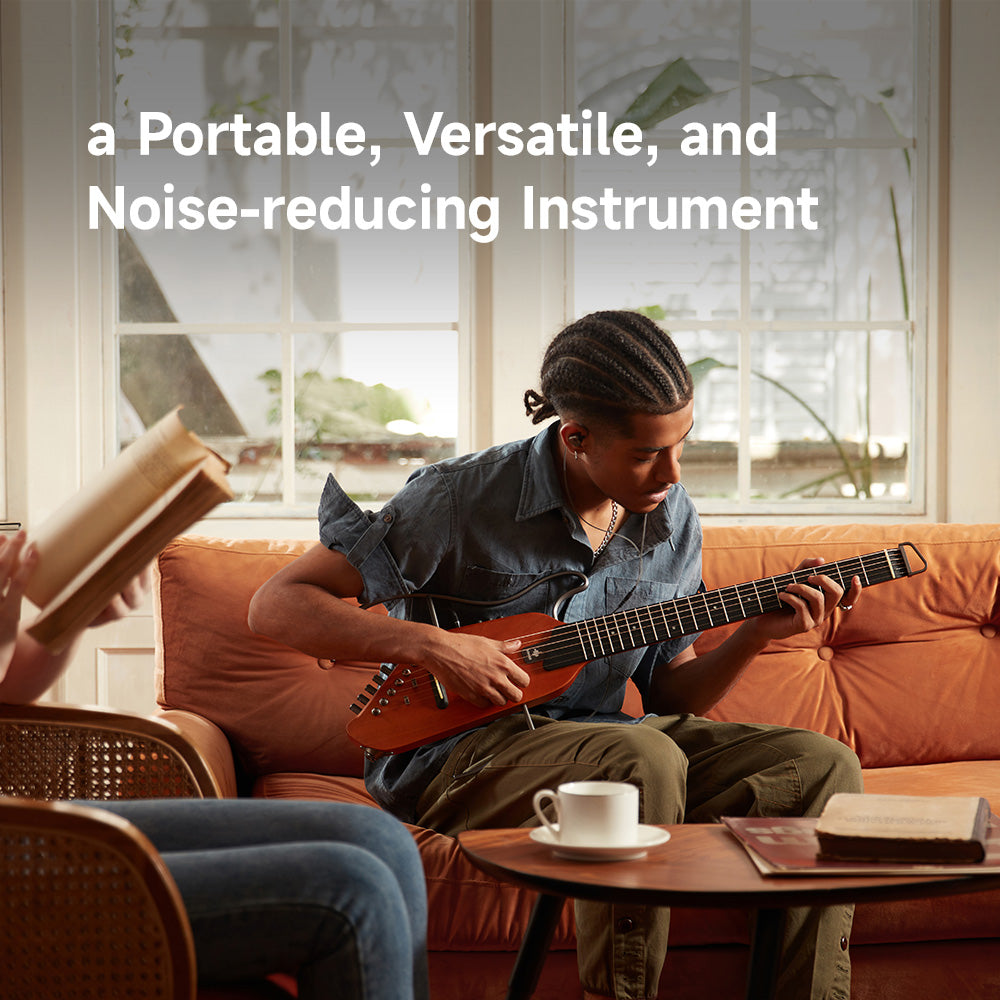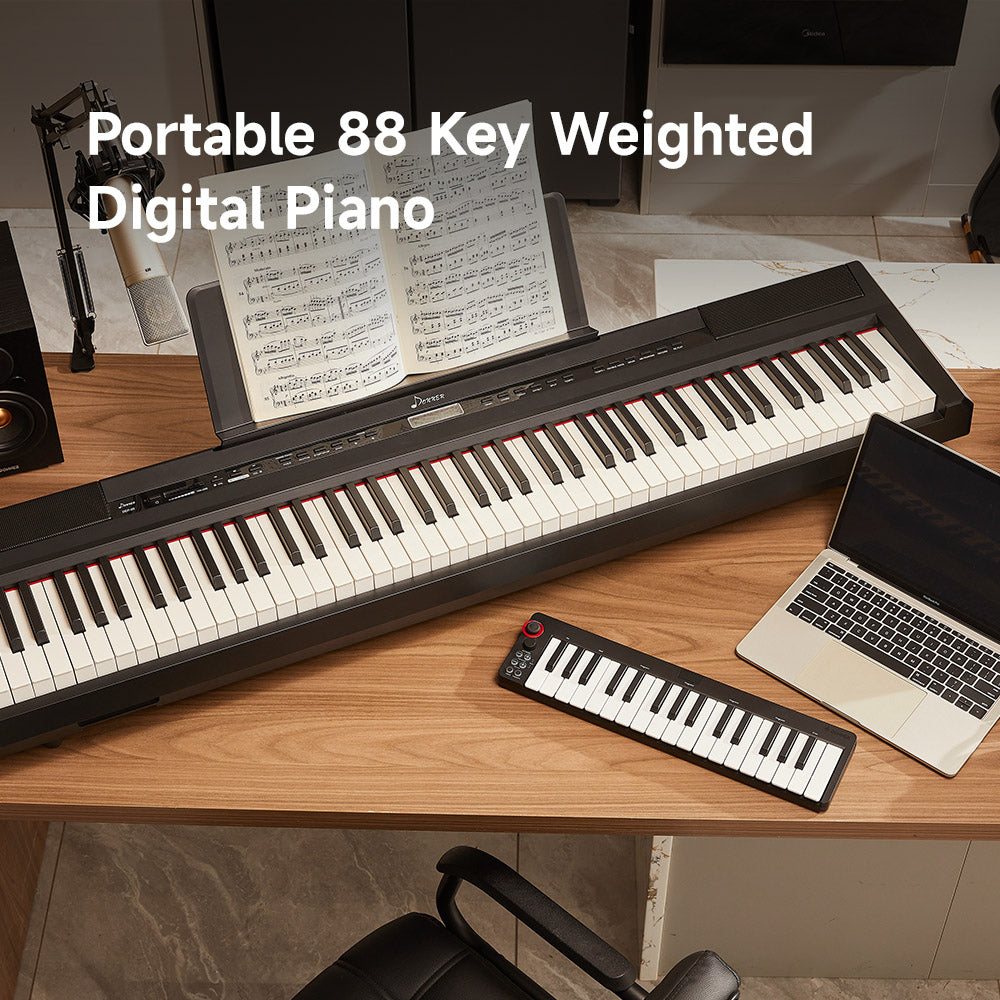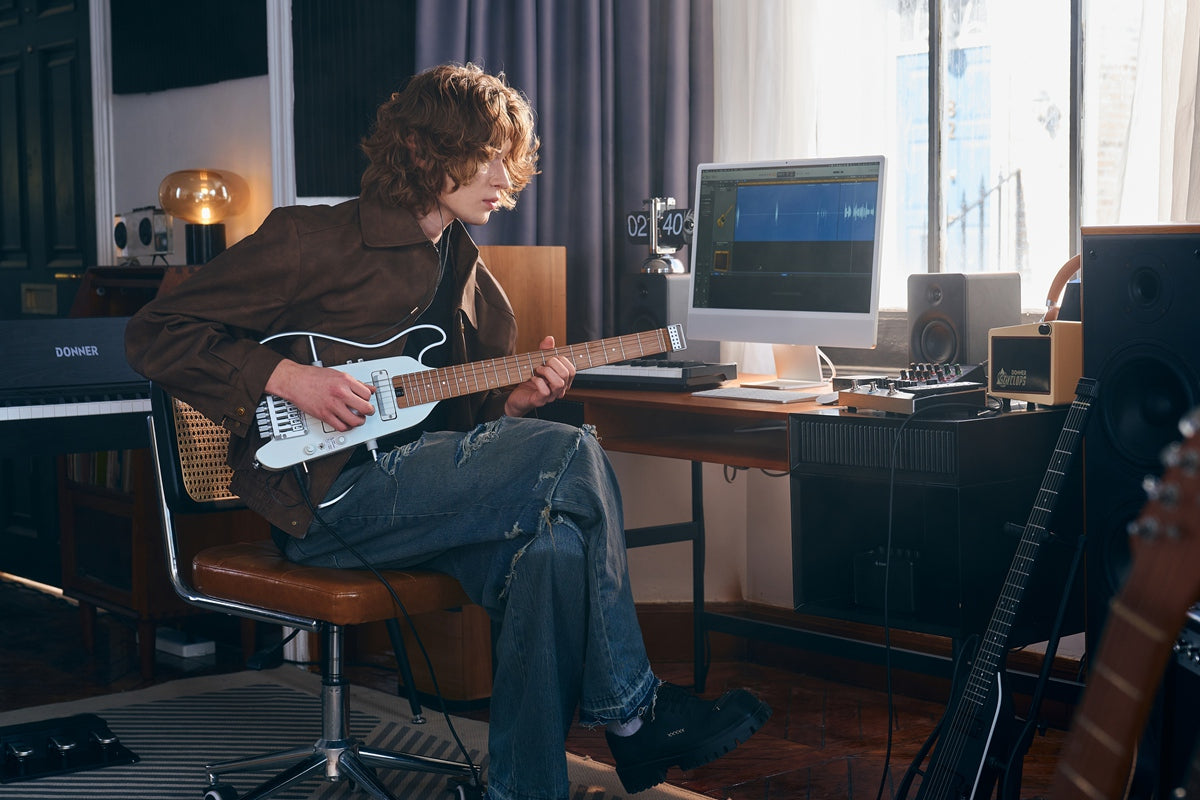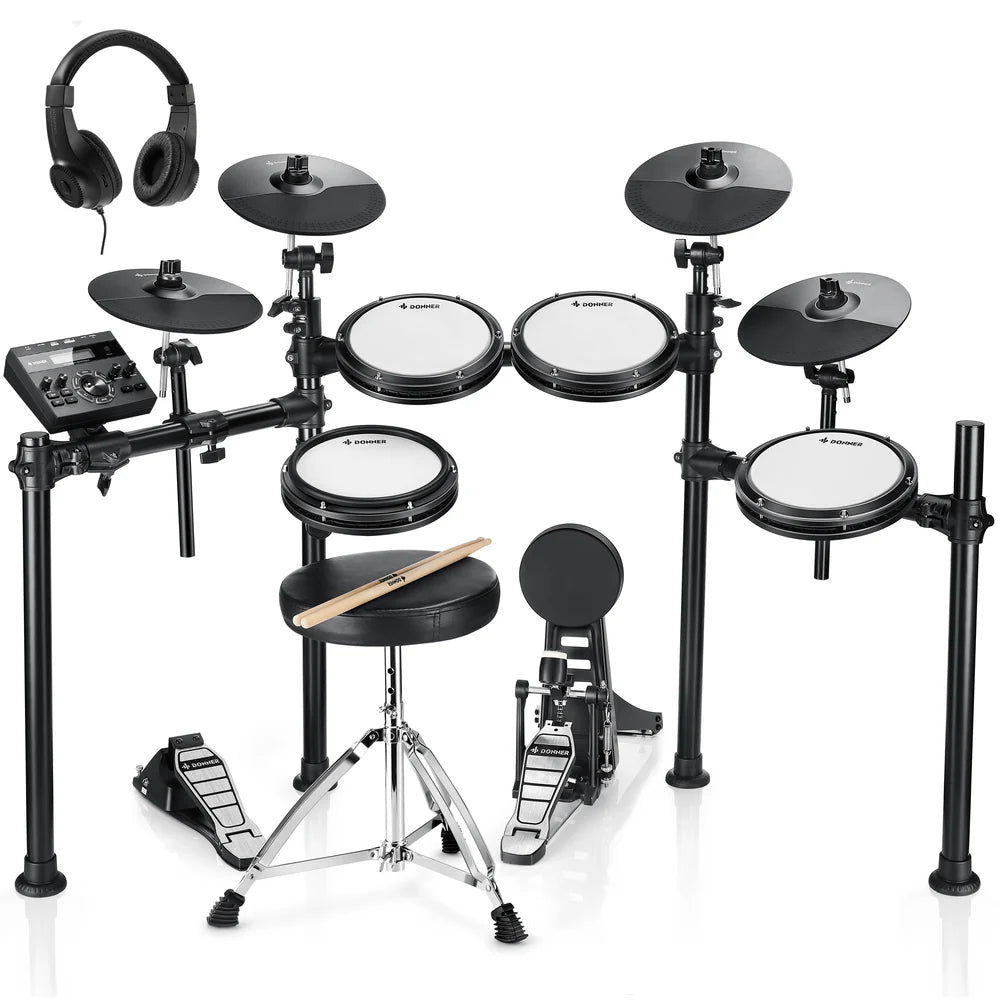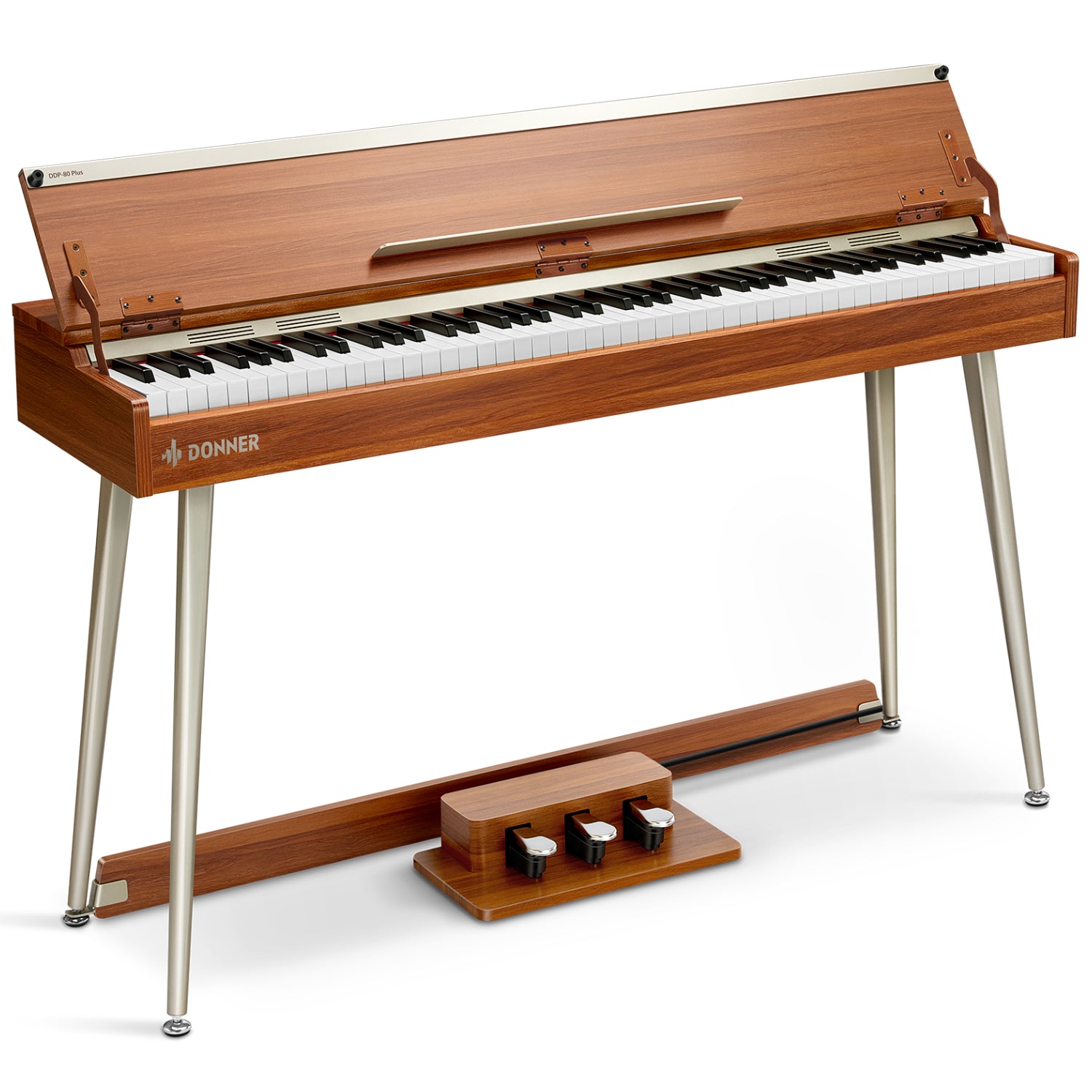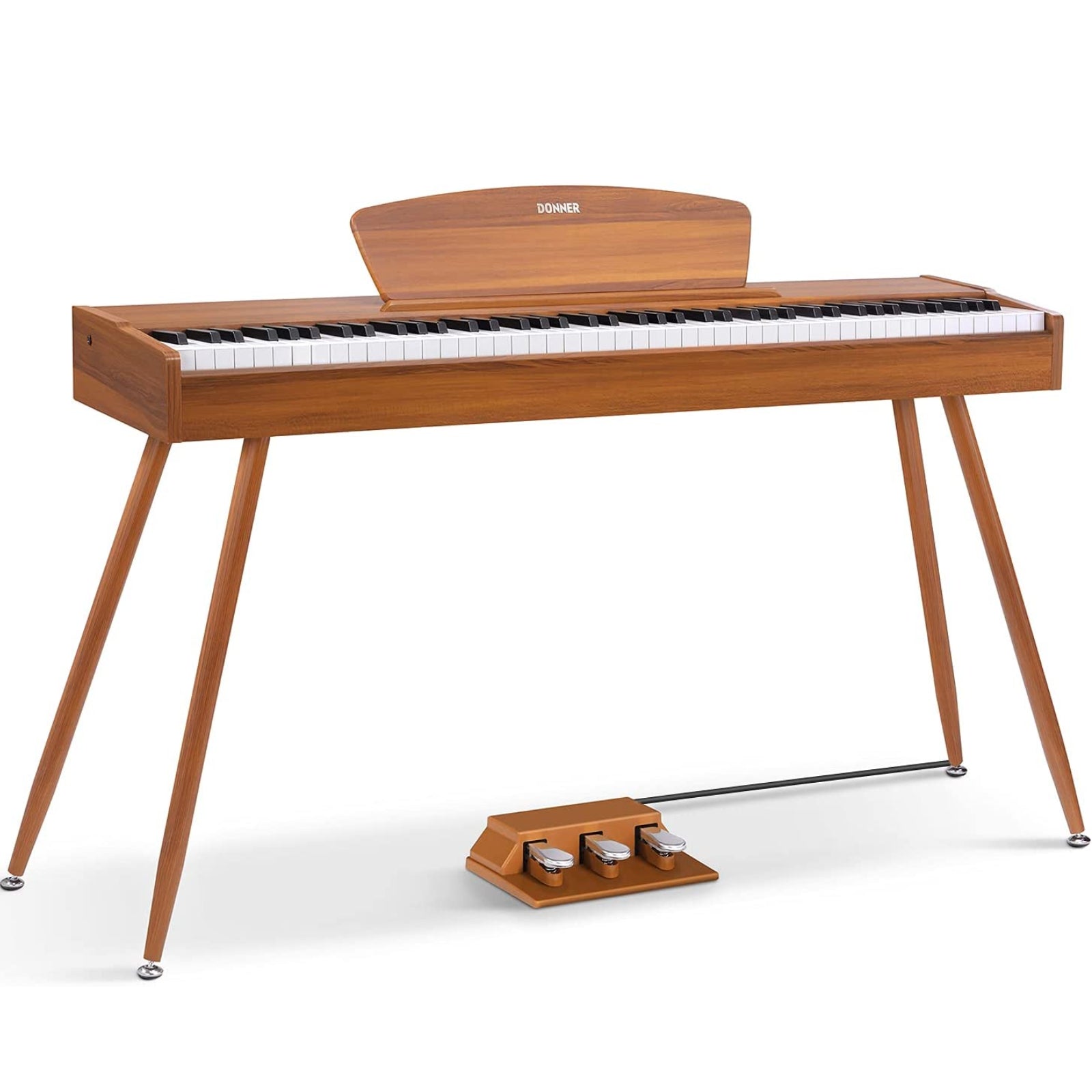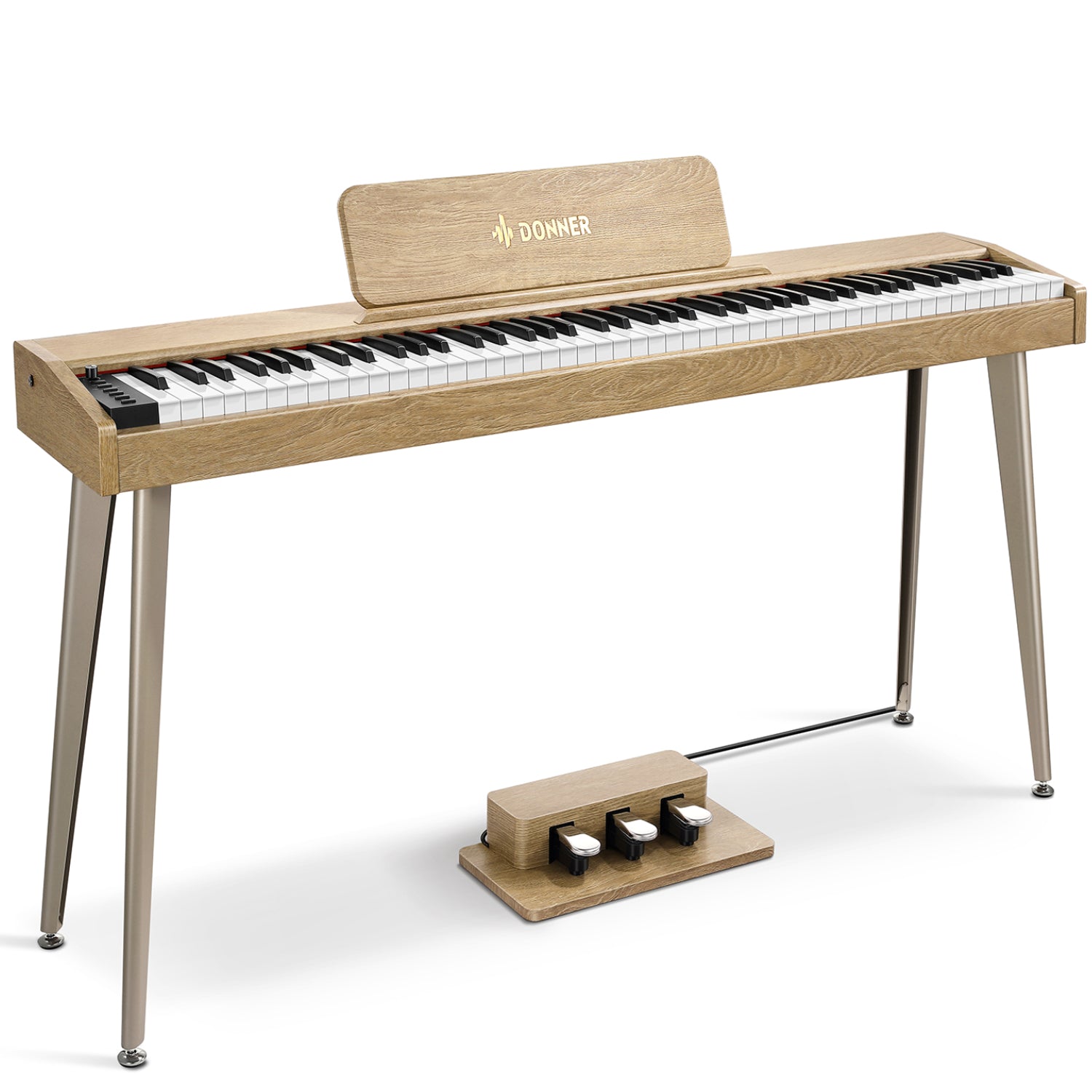Bass guitars are an essential part of any band or musical ensemble, providing the low-end foundation that helps to drive the rhythm and groove of a song. Whether you're a beginner or an experienced musician, owning a bass guitar allows you to explore a whole new world of music and opens up opportunities for playing in various settings such as bands, ensembles, or even solo performances.
The bass guitar is a versatile and expressive instrument that can be used in a variety of genres, including rock, pop, jazz, and funk, among others. If you love music and want to take your skills to the next level, investing in a bass guitar is a great way to do so.
But when it comes to buying a bass guitar, there are a lot of options to consider. From the shape and size of the body to the number of strings, there are many factors that can affect the sound and playability of a bass. As a beginner, it can be overwhelming to know where to start.
In this guide, we'll break down some of the key factors to consider when choosing a bass guitar.
Acoustic Bass Guitar VS Electric Bass Guitar
There are two types of bass guitars - electric and acoustic. For beginners, we recommend electric basses. Electric bass guitars are the most common type of bass guitar and are ideal for most music genres. Relatively speaking, acoustic bass guitars are more common in genres such as folk and country music. Acoustic bass guitars often have a hollow body and produce sound acoustically without an amplifier and are best for playing unplugged.
Bass Strings
The number of strings on the bass is important. Traditionally, bass guitars have four strings, but five- and six-string basses are also available. The additional strings can provide more range and versatility, but they also require a different technique to play. As a beginner, it's usually best to start with a four-string bass and work your way up to a five- or six-string if you feel the need for more range.
Another important factor to consider is the string materials. String materials commonly used for bass guitars include Nickel-Plated Steel, Pure Nickel, and Stainless Steel. Nickel-Plated Steel is the most balanced material, offering a sweet spot between brightness and warmth, making it ideal for various genres like hard rock and country. Pure Nickel strings offer a warmer tone, suitable for jazz, vintage rock, or blues. Stainless Steel provides a bright sound, excellent for funk, rock, and metal bassists, and offers great sustain.
Body Styles
Precision Bass (P Bass) and Jazz Bass (J Bass) are both iconic bass guitar models manufactured by Fender. The P Bass is known for its thick, punchy sound and is commonly used in rock, blues, and country music. It has a simple design with a split single-coil pickup and a body shape that is comfortable to play. The J Bass, on the other hand, has a brighter and more versatile sound. It features a dual single-coil pickup system and a sleek, contoured body shape that allows for easier access to the upper frets. The J Bass is popular among jazz, funk, and R&B bassists. Both models have been used by countless bass players over the years and continue to be popular choices for musicians today.
The PJ bass style is a combination of both the Precision and Jazz bass designs, featuring a split-coil Precision pickup in the middle position and a single-coil Jazz pickup at the bridge. This type of bass offers a versatile range of tones, with the P pickup providing a full and powerful sound, and the J pickup offering a brighter and more articulate tone. The PJ bass is a popular choice for many bassists due to its flexibility in sound and playability.
Trying them out is the best way to find the right one for you. If you have no idea about the style, we always recommend the PJ-Style for beginners.
Pickups
The pickups are responsible for capturing the sound of the bass strings and sending it to the amplifier. There are two main types of pickups: single-coil and humbucker. Single-coil pickups tend to produce a brighter and clearer sound, while humbucker pickups provide a warmer and thicker tone. Some basses come with a combination of both types of pickups, allowing for more versatility in tone.
Bridge
The bass guitar's tone and resonance depend on the bridge, where the strings are anchored and their vibrations are transmitted to the body. The bridge saddles are where the strings rest on the bridge. Adjustable saddles make it easy to set the intonation and action of the strings, allowing for a more comfortable playing experience. Brass bridges with more mass and weight are preferable, which enhances the transfer of vibrations from the strings to the body.
Material
The body wood of a bass guitar can affect its tone and resonance. New players need not be too concerned about the type of wood used, but for those seeking a specific sound, the body wood is a crucial factor to consider.
Alder is a popular choice for bass guitar bodies, producing a balanced tone with clarity and fullness.
Agathis, while relatively inexpensive, offers a balanced tone with a rich sound emphasizing low-mid tones.
Ash produces a bright, full sound similar to alder, and swamp ash is especially desirable due to its beautiful grain.
Basswood is a softer wood that produces a flatter sound, preferred by some bass players for fast and complex playing techniques.
Mahogany, a dense wood, creates a soft, warm tone with long sustain but can feel heavy.
Maple, also a dense wood, produces a bright and clear tone, preferred by many musicians in the studio.
Recommendation
Donner DPJ-100 4-String Electric Bass Guitar Kit Full-Size Standard PJ-Style Bass
Active Preamp
With DONNER's Custom 4-band EQ, you can easily shape and control the tone, main volume, bass, and high frequencies to create your desired sound. The DPJ-100's high-quality electronics provide excellent sound-shaping capabilities
Custom PJ-Style Pickups
The DPJ-100 is equipped with powerful Custom PJ-Style pickups that provide a solid foundation for your sound.
Premium Bridge
The Casting Enhanced Bridge enhances the definition and sustains of your sound by efficiently transferring energy between the string and the body. Each saddle on the bridge is designed to optimize the transfer of energy.
AAA Canadian Maple Neck with Slim C Profile
The DPJ-100's neck is made of high-quality AAA Canadian maple and has a slim C profile that feels comfortable in your hands and allows for fast playing action.
Comfortable Playing Experience
With its well-designed body, high-quality electronics, and comfortable neck, the DPJ-100 provides a comfortable playing experience that will inspire you to create great music.



